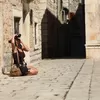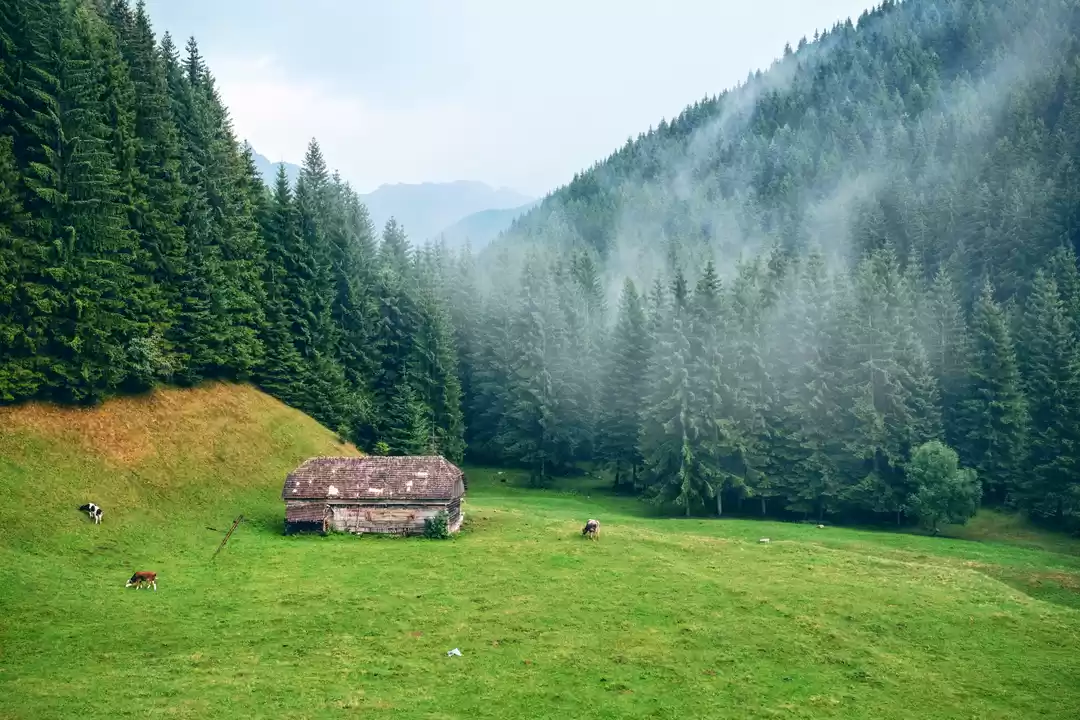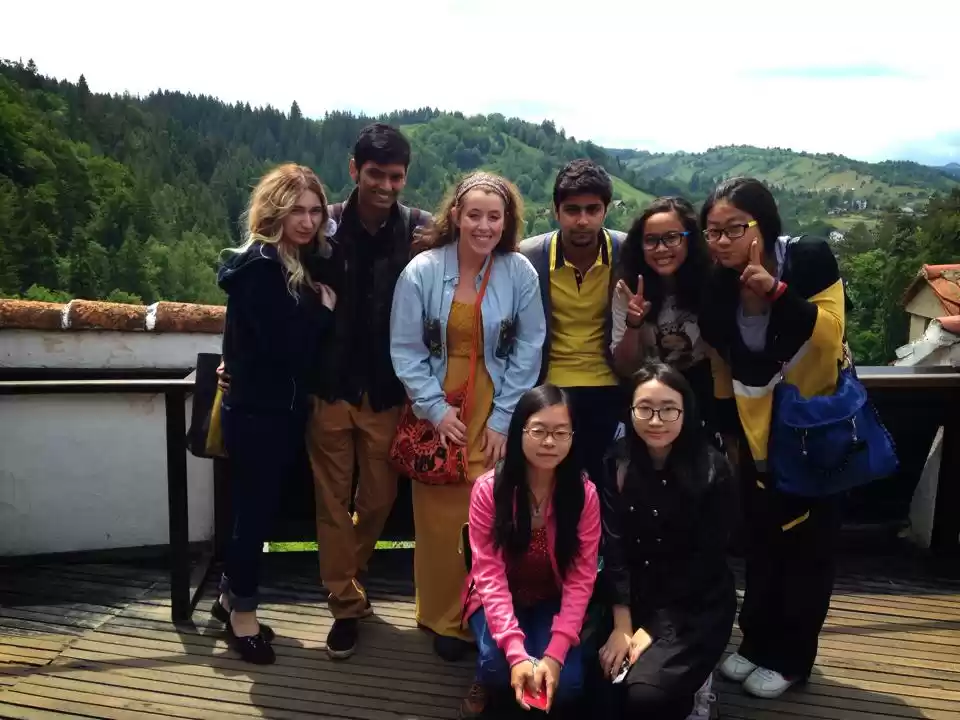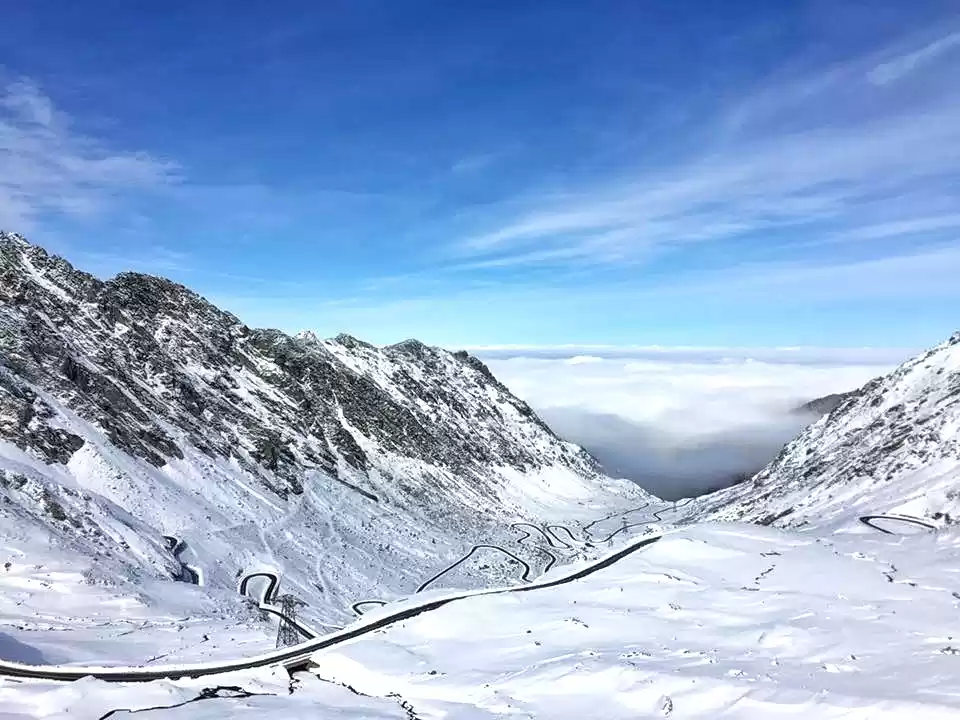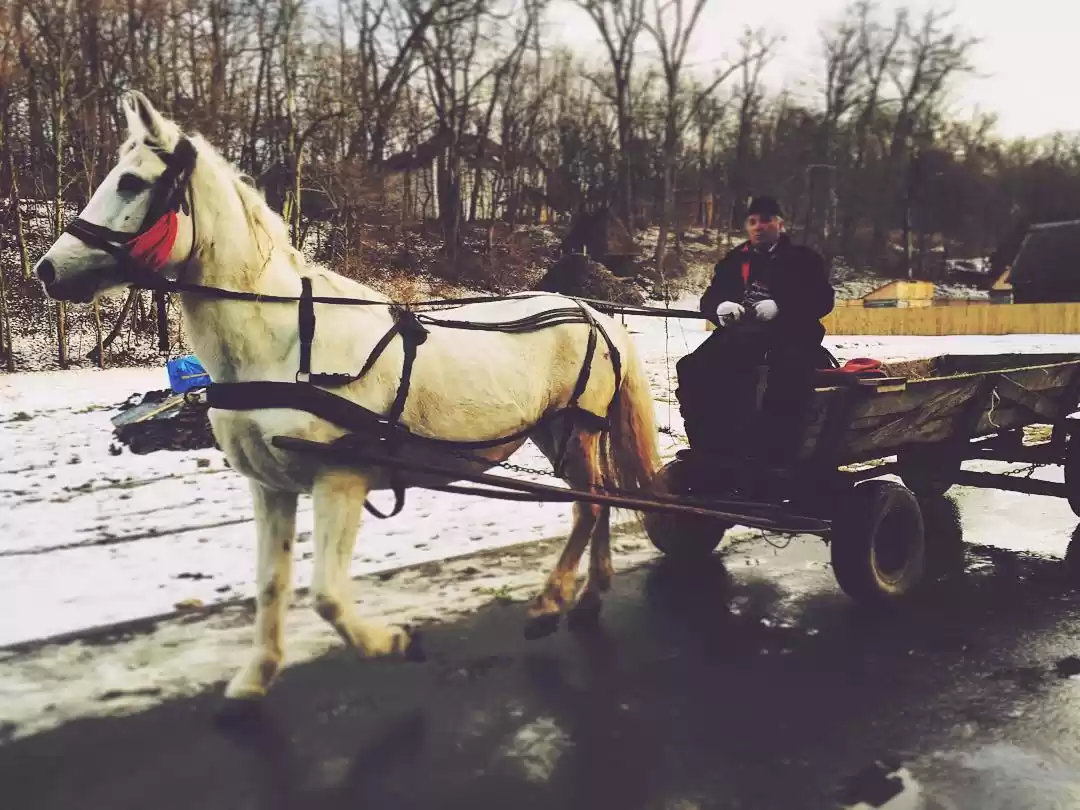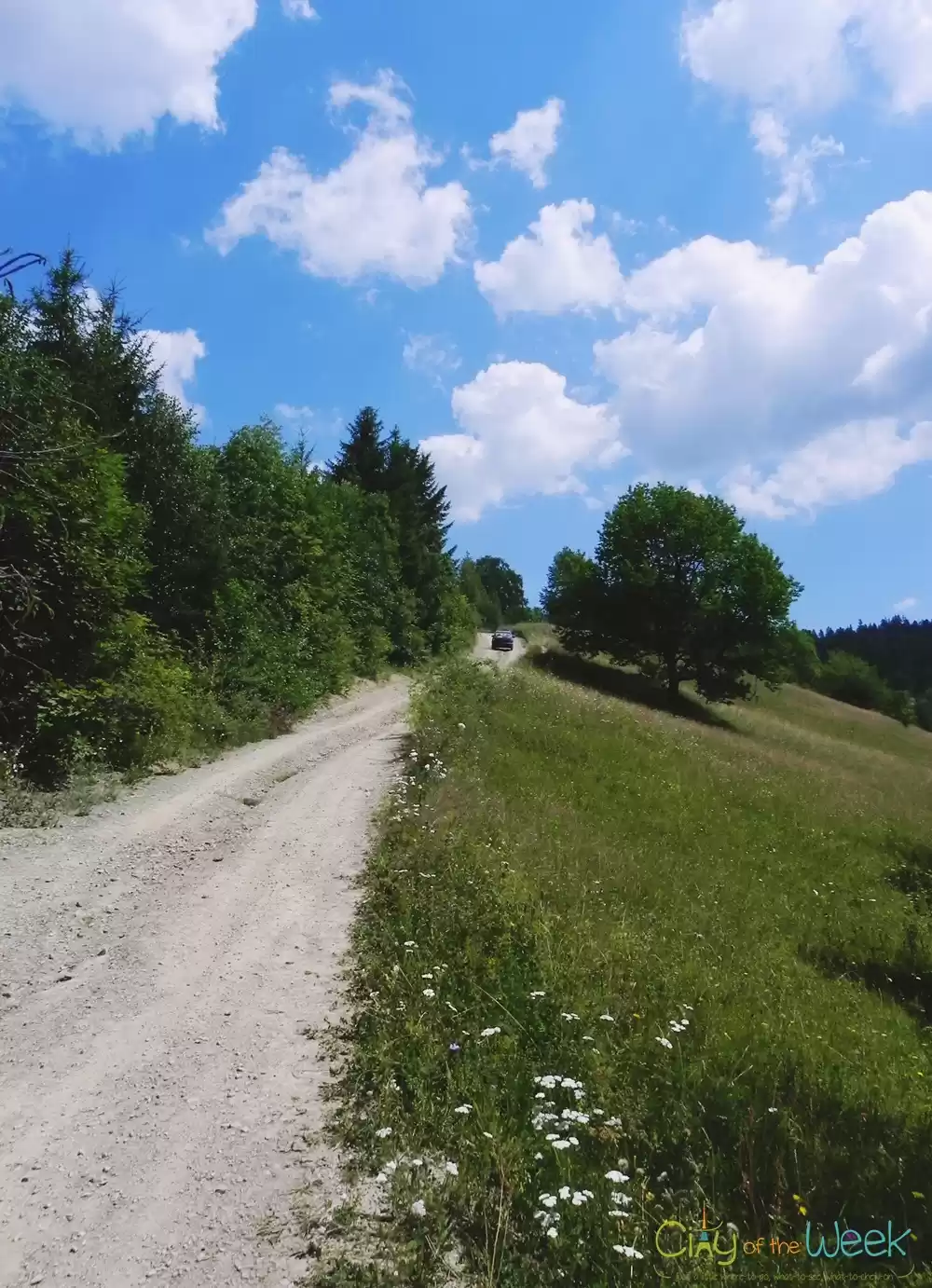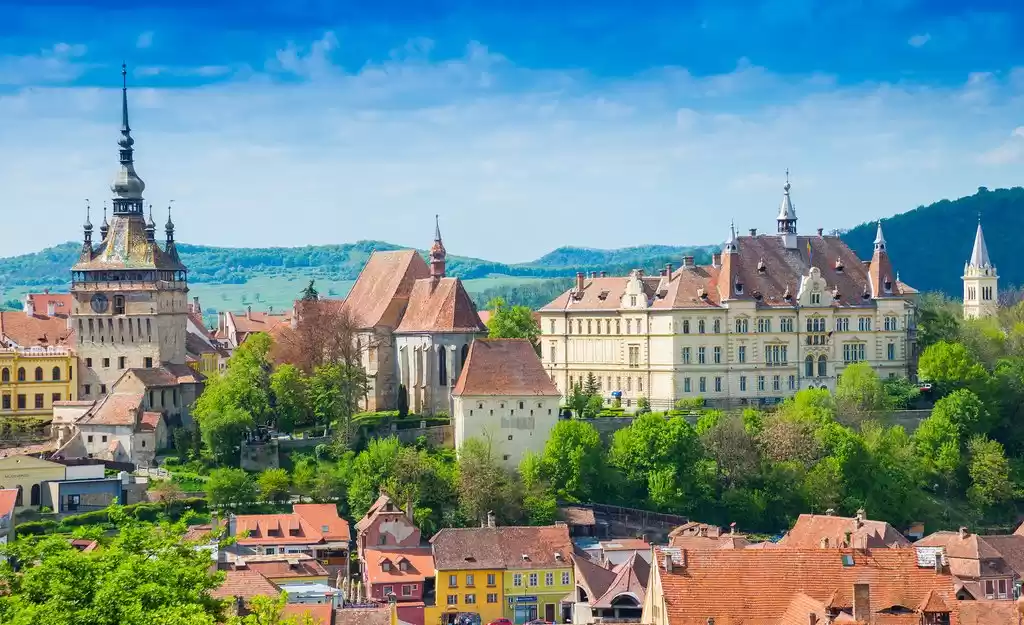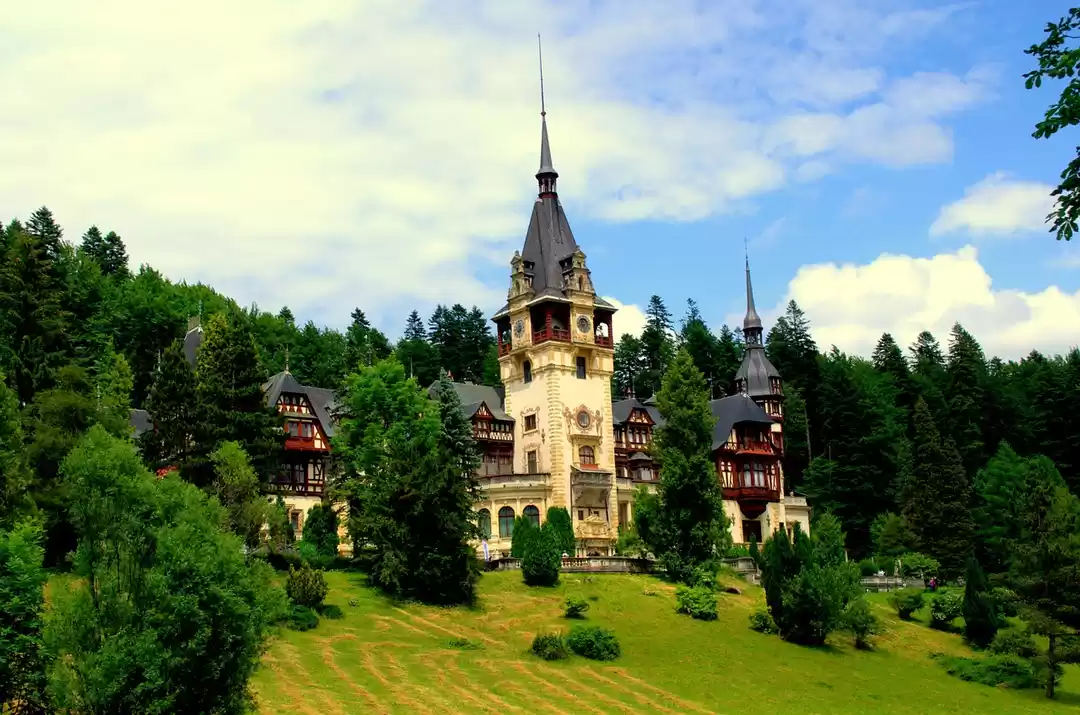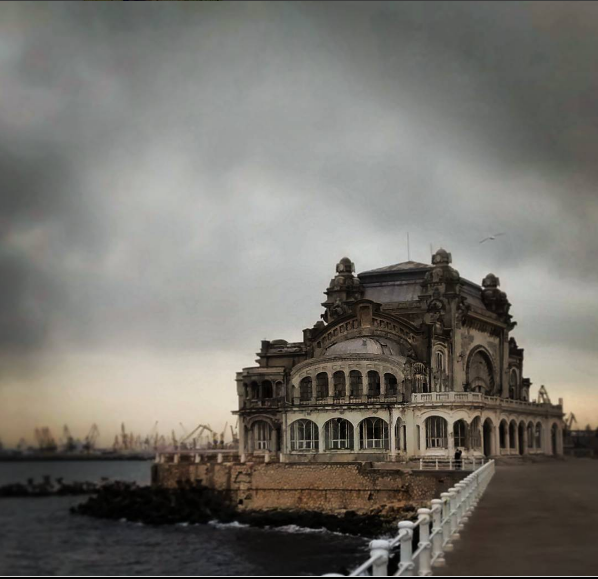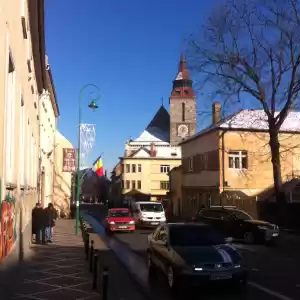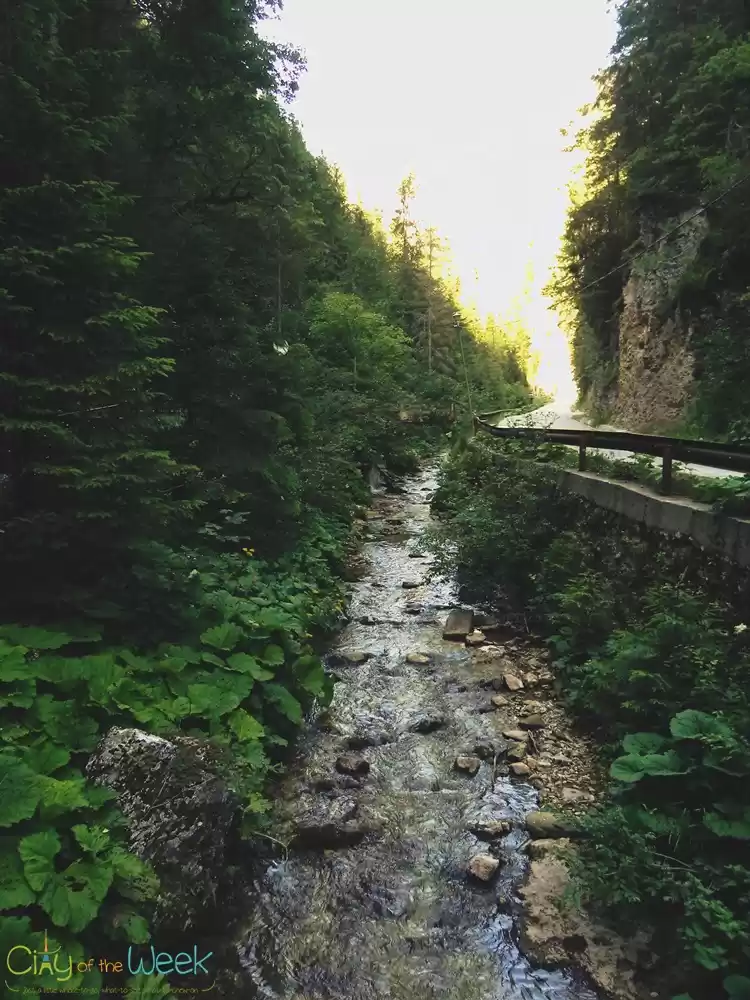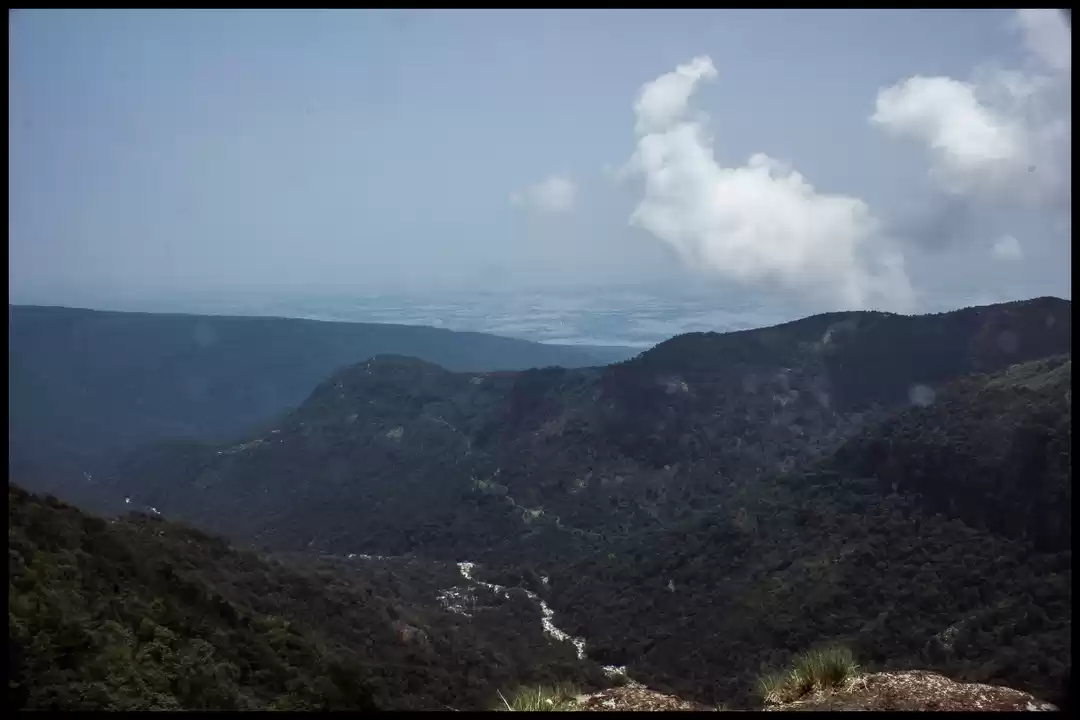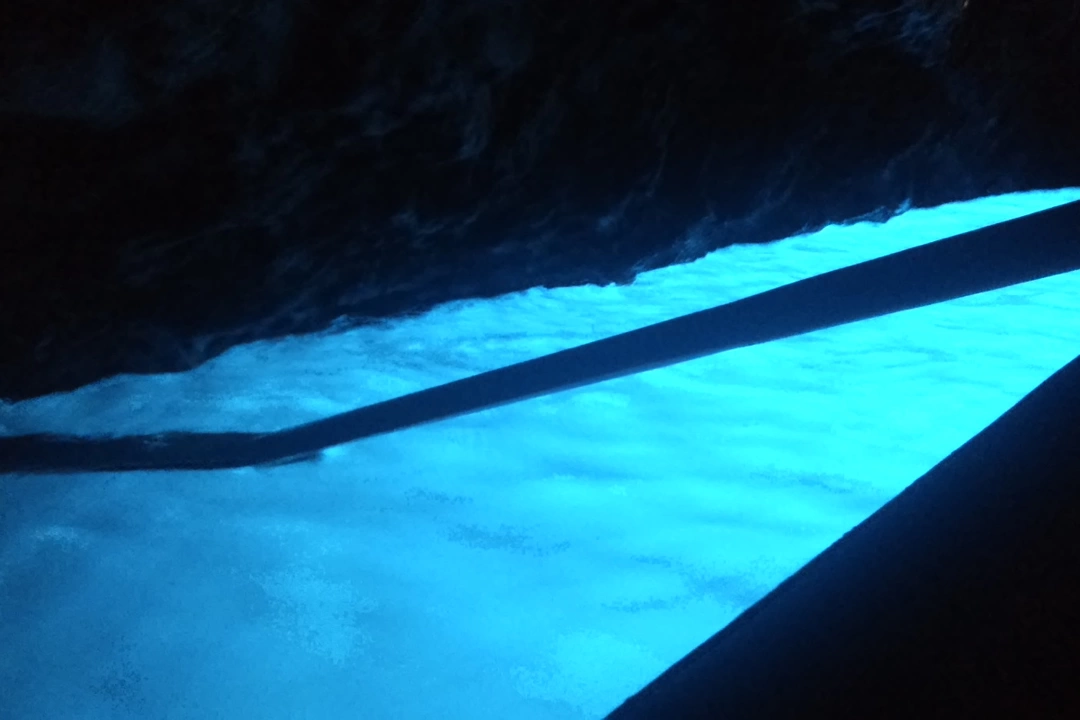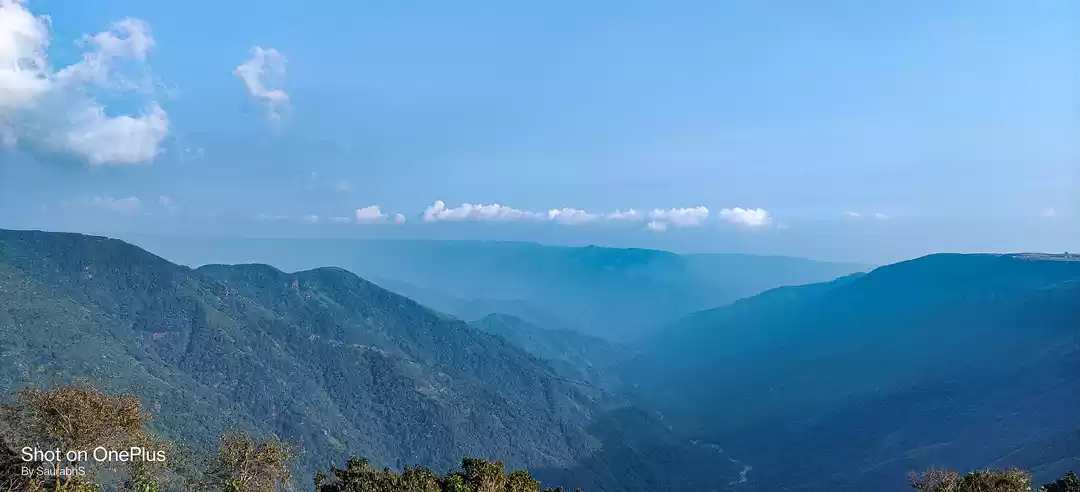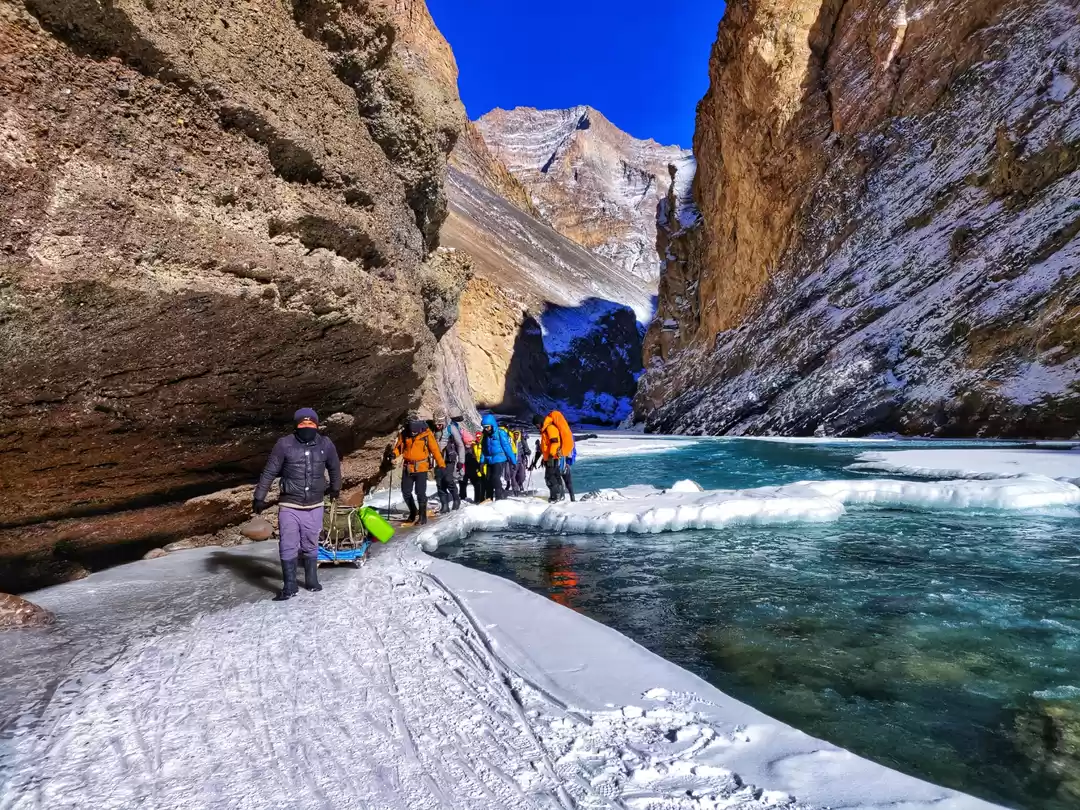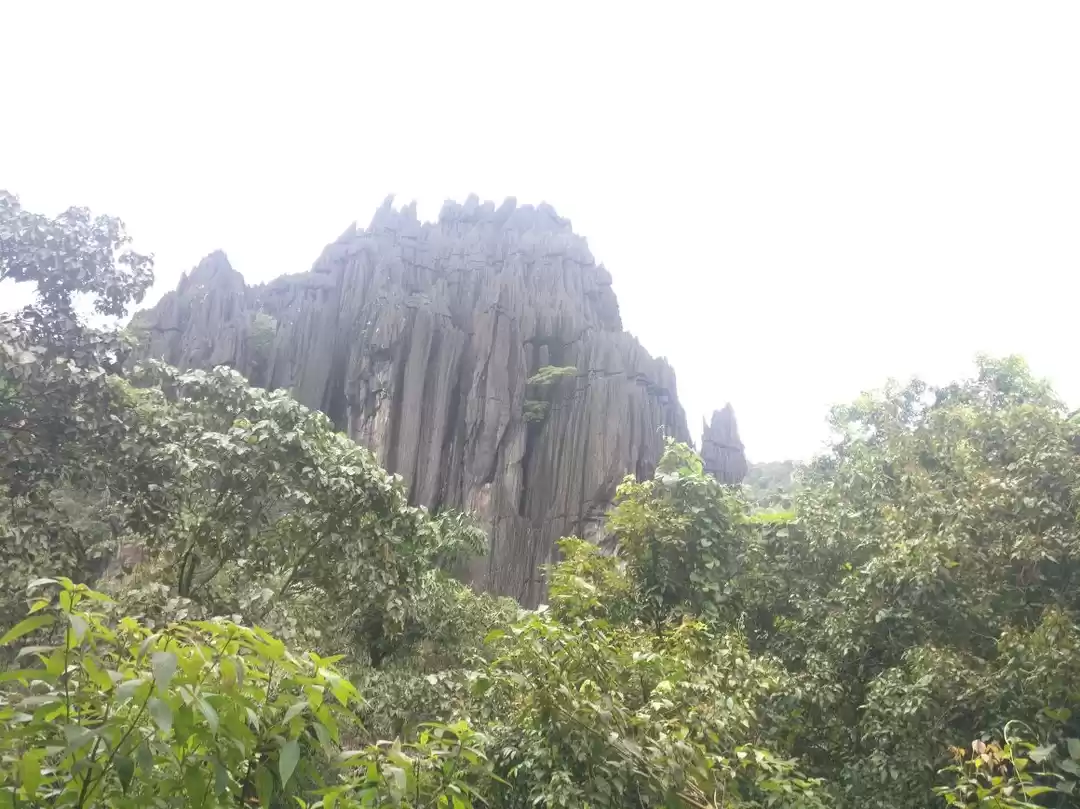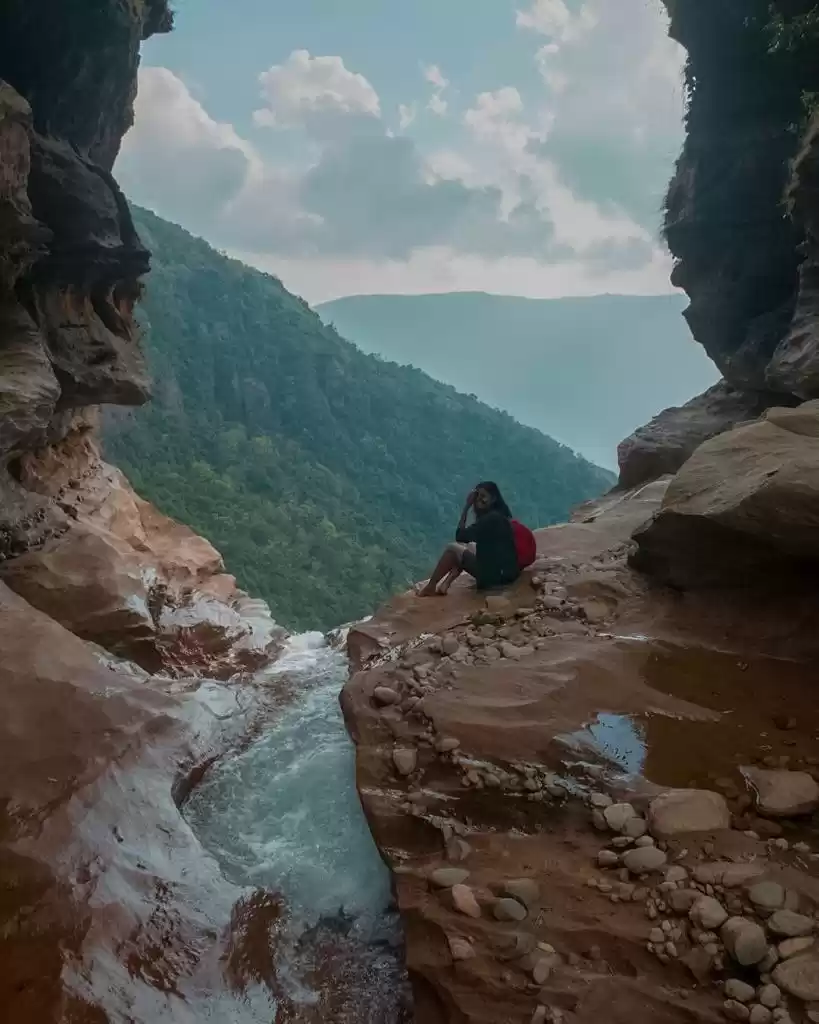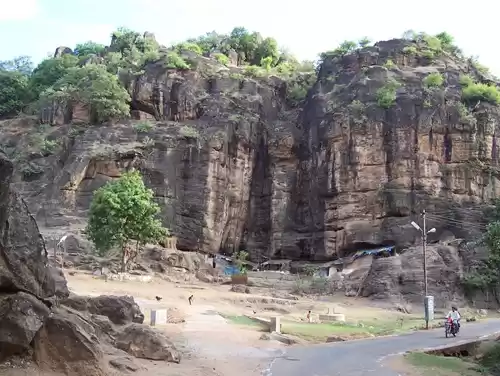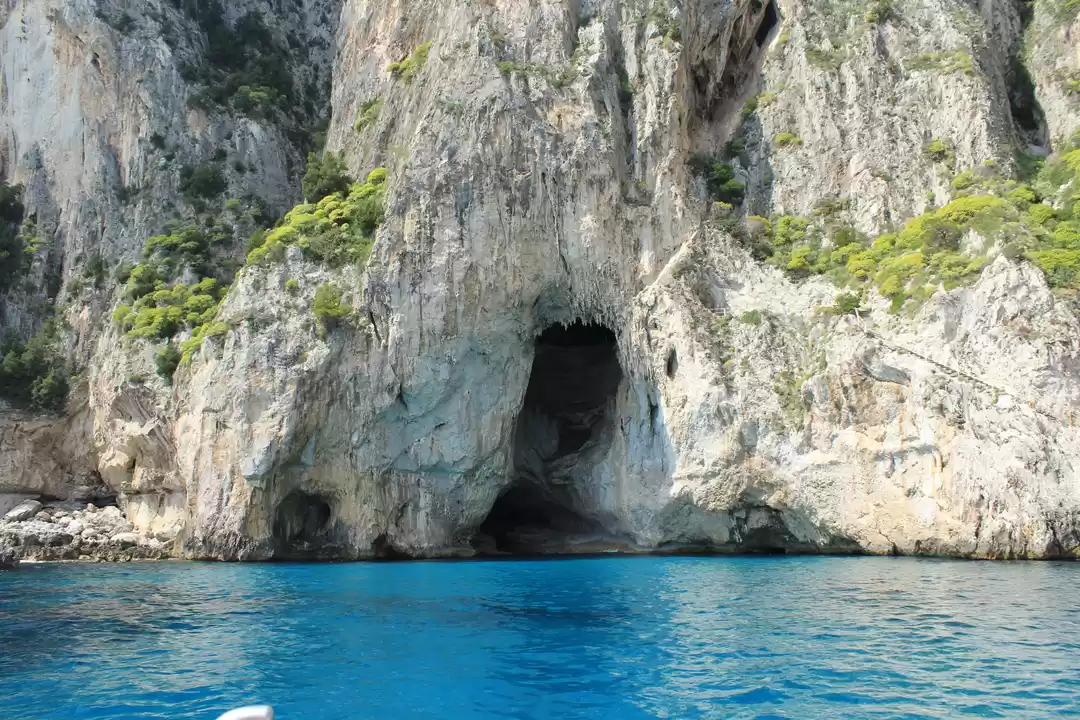













Over a month ago, on a lovely sunny day at the end of April, a few of us went to explore the Western Carpathians. Although I’ve been there a few times during field trips with the school, but that usually resulted in getting out of the bus, seeing the site, into the bus again and so much for “exploring”…We went by train, the ride lasted almost two hours. When we finally arrived, and walked for about half an hour, we found ourselves in front of a beautiful little waterfall.
We quickly made some photos from the other side of the river, not knowing that later on we will be standing right in front (and climbing through the back) of this very waterfall. We walked to the other side and climbed up to the cave, from which the water-and the waterfall- were coming out. There was a symbolic fee of 2 lei (o,4 euros), really nothing if you consider the beauty of the cave which you can see inside.
Stalagmites and stalactites rule the place, owning formations one more beautiful than the other. The cave is (arguably) nicely build up with bridges and ladders, so that every tourist can make its way through it. Although the ladders are pretty steep and the rocks are quite slippery, if you’re careful, you can’t really hurt yourself. Some places are really shallow, so you have to watch out for your head too.
After visiting this impressive limestone formation, our journey continued with walking down to the “root” of the waterfall. We got a pretty close look at it, and as a bonus, there was a small hole behind the waterfall, which we could climb into, and got to see everything “from the inside”:
One of the most unique formations of the Western Carpathians has to be the Scarisoara Ice Cave, the cave that hosts the biggest ice block in Romania. Situated at only 1165 meters, I was kind of surprised that such a big block of ice could be preserved here for the last 4000 years ( I expected it to be at much higher altitude before we got there).
Entrance costs approx. 1,5 Euros, and you aren’t allowed to go down to the grotto by yourself. There is a tour guide that waits for a group of 20-ish to gather, then opens the gate and leads everyone down the many stairs to the mouth of the cave. Unfortunately, the tour guide was a bit of a disappointment. He only spoke in Romanian (although there were a few foreigners with the group) and he only told the necessary logistics of the cave which could easily be read from the pamphlets you got along with your ticket.
As you go down the stairs, it gets more and more chilly. We were there last July, when the temperature went from 30°C to ~-5°C (so don’t forget your coat!) from the top of the stairs to the entrance of the cave. I have to admit that I enjoyed the intense green surroundings of the grotto more than the cave itself. It gives you the feeling that you’re not in Romania anymore (it actually reminded me of a scene from Karate Kid- haha!, the scene when the boy goes down a similar grotto to get a bonsai tree..if you remember)
Once you get to the cave, you’ll notice that much of the ice has melted. Because of the changes in temperature for the last thousands of years, it is said that a layer is melted every year in the summer, but is nourished and supplied a new layer each year during winter. They say that it’s melting even at it’s base, but is “fed” with new streaks from the top.
The Big Room hosts an ice block which is more than 40 meters thick – pretty impressive, huh? There is a smaller saloon that contains bigger blocks of ice which are much better preserved and are in amazing shape! However, only scientists can step foot among them, it is strictly forbidden for tourists- in the name of conservation.

